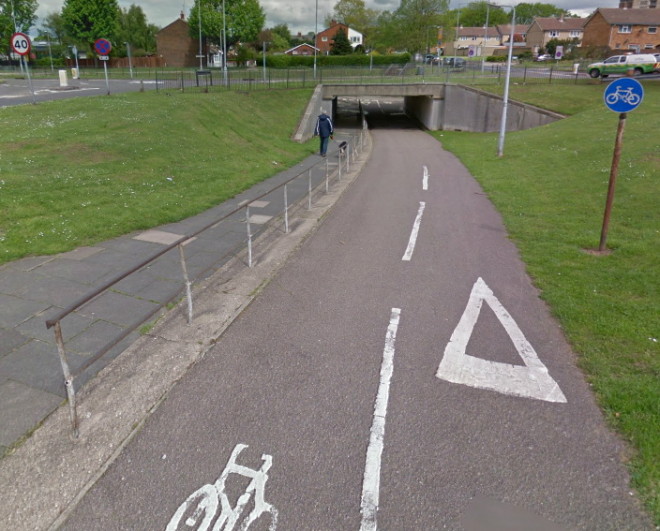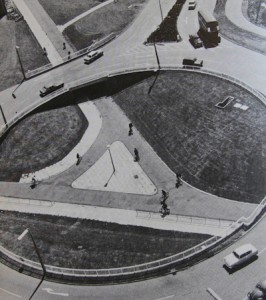
What happens when you build it and they don't come?
The tale of Stevenage (UK) provides a cautionary lesson to bicycle advocates across Europe.
How many times have bicycle advocates asked themselves, what should I do to get more people cycling? Our conclusion is often infrastructure. The line of thinking goes; if we want the masses cycling, then we need high-quality, Dutch-style infrastructure in our cities and towns.
Want to know more?
ECF recommends reading Carlton Reid's blog post: "The sad tale of a cycle network innovator forgotten by the New Town he built," for the full story on the town of Stevenage.
However here’s a cautionary tale. It involves the town of Stevenage in the UK, a ‘new town’ designed and built in the post-war period.
“Stevenage was planned by Eric Claxton, a utility cyclist…He had witnessed high usage of cycle tracks in the Netherlands and believed the same could be achieved in the UK,” writes Carlton Reid, Executive Editor of Bike Biz, and author of the upcoming book ‘Roads were not built for cars’.
Claxton went on to equip the town with first-class cycle ways, where cyclists could go from A to B with ease and in absolute safety. Yet as Reid notes, the results were not as planned.
“Instead – to Claxton’s puzzlement, and eventual horror – residents of Stevenage chose to drive, not cycle, even for journeys of two miles or less.”
So despite the fact that residents were provided with high quality infrastructure, they didn’t cycle. Even at its peak, Stevenage only ever saw 14% of trips done by bicycle. (Today, the town sees less than 3% of residents cycling to work.)
So what conclusions can we draw? Does this mean that building Dutch style infrastructure is a bad thing? Do the Dutch cycle due some innate reasons that other Europeans can't replicate?
Of course not. The real reason is that the town of Stevenage didn't tackle car use. The car still remained the easiest way to get from A to B, and planners had only focused on one aspect of cycling by improving infrastructure.
So what's the solution? Words of wisdom can be taken from the final pages of the book 'City Cycling', by academics John Pucher and Ralph Buehler.
"Perhaps the most important lesson drawn from the case studies is that no single measure suffices. A coordinated package of infrastructure provisions, promotional programs, and transportation and land-use policies is the trademark of every city that has succeeded at significantly raising cycling levels."
The moral of the story... don't focus on one sole measure when you're designing a cycle friendly city.
About the Author
Julian Ferguson is the Communications Officer for the European Cyclists’ Federation. Originally hailing from Australia and a keen bicycle advocate, he plans one day to ride his bicycle from Brussels to Melbourne.
You can follow him on Twitter @julian_ferguson
- Log in to post comments
Contact the author
Recent news!
Upcoming events
Contact Us
Avenue des Arts, 7-8
Postal address: Rue de la Charité, 22
1210 Brussels, Belgium












